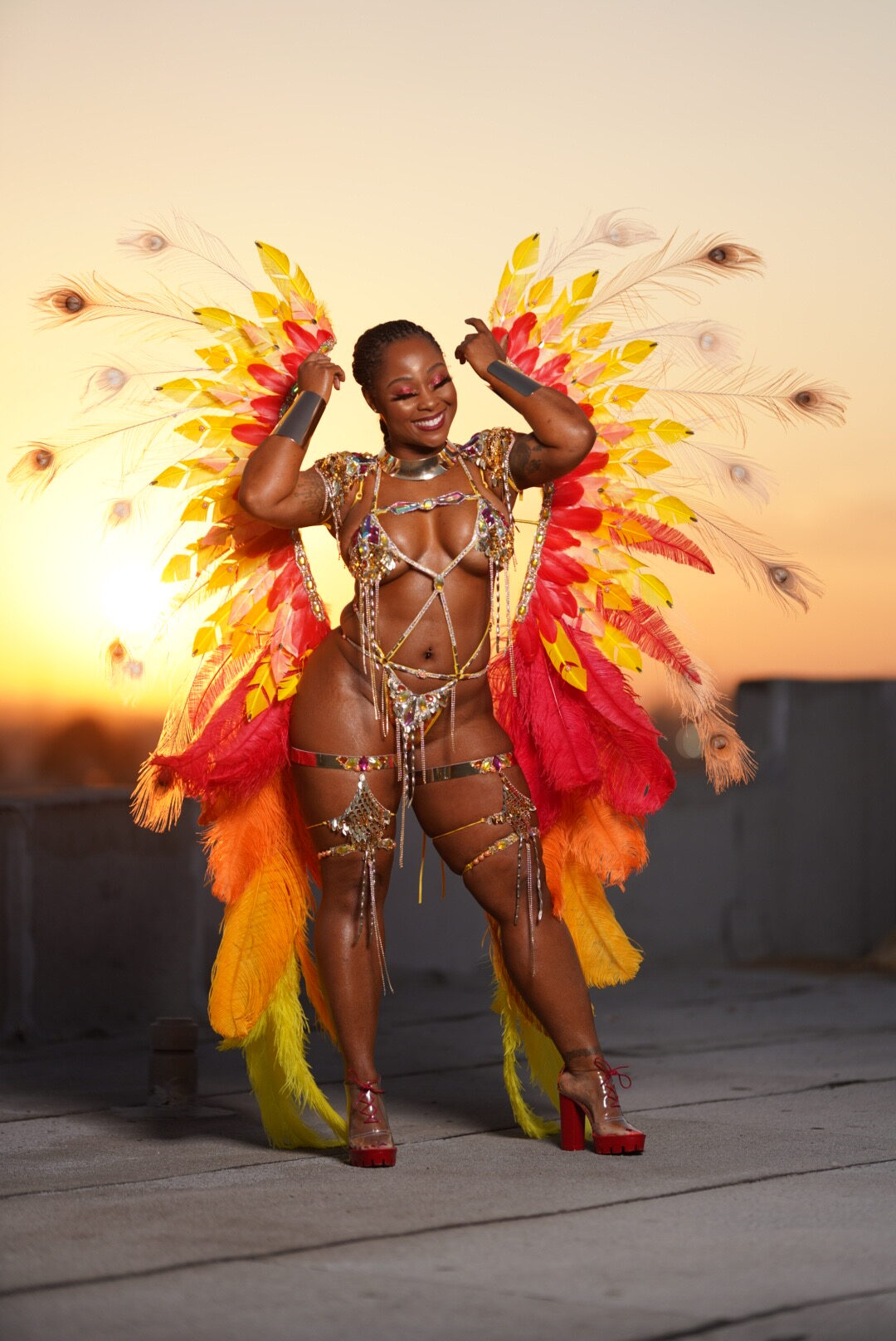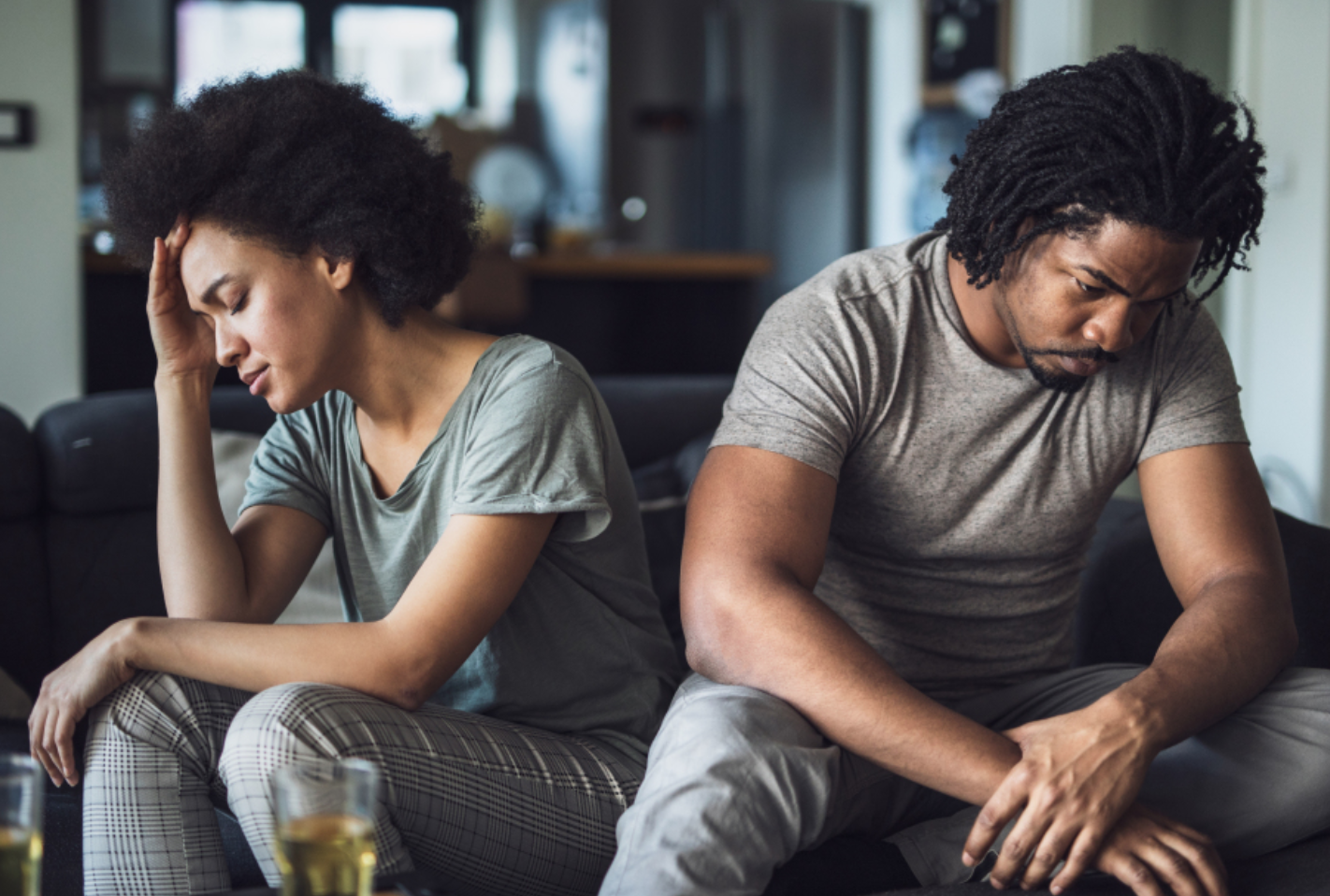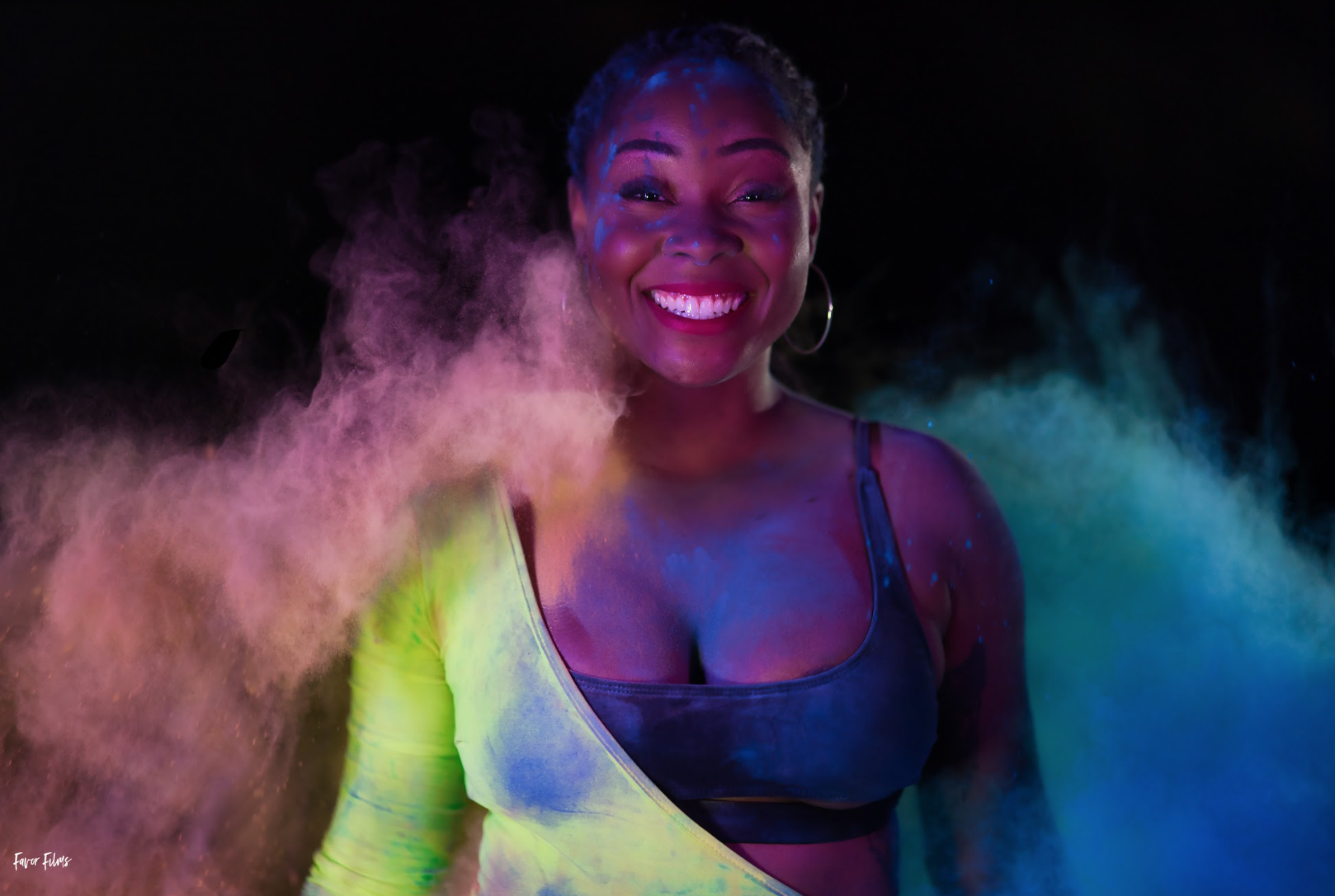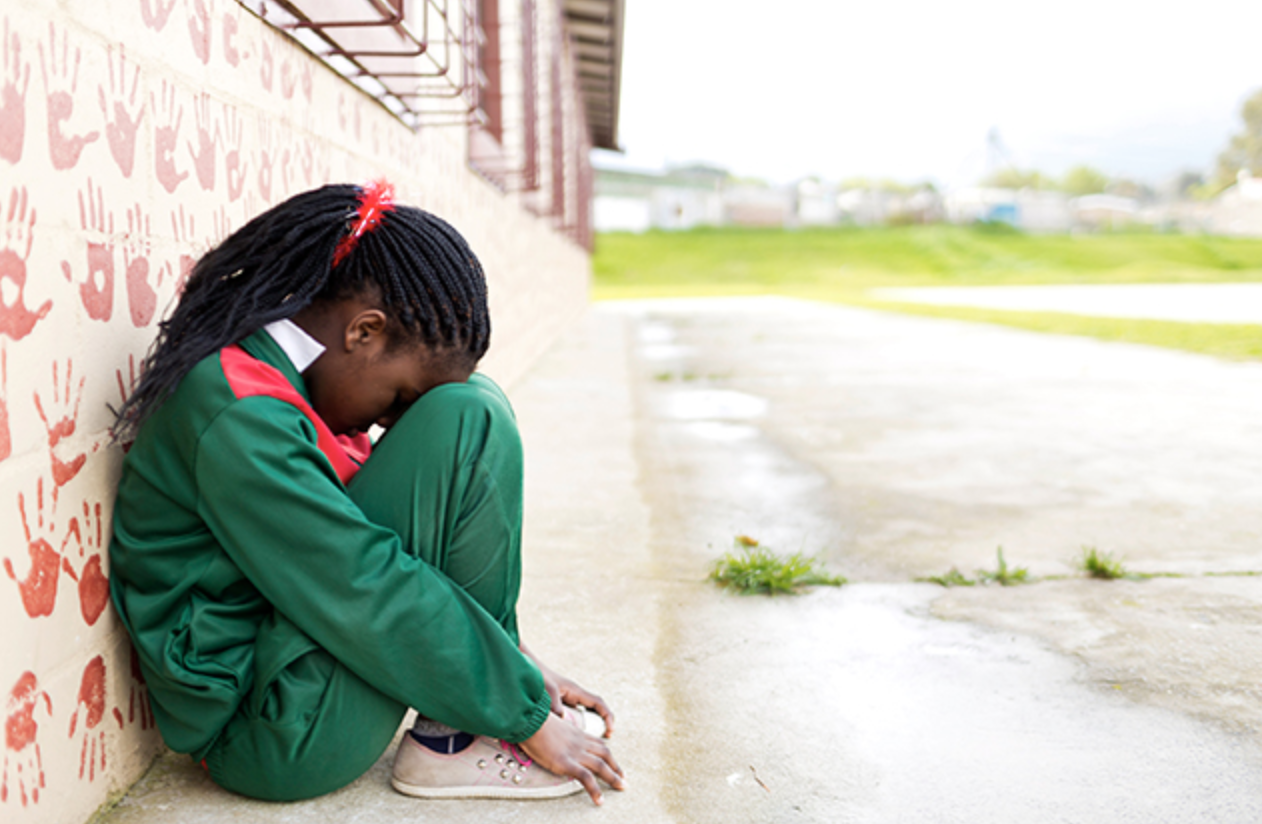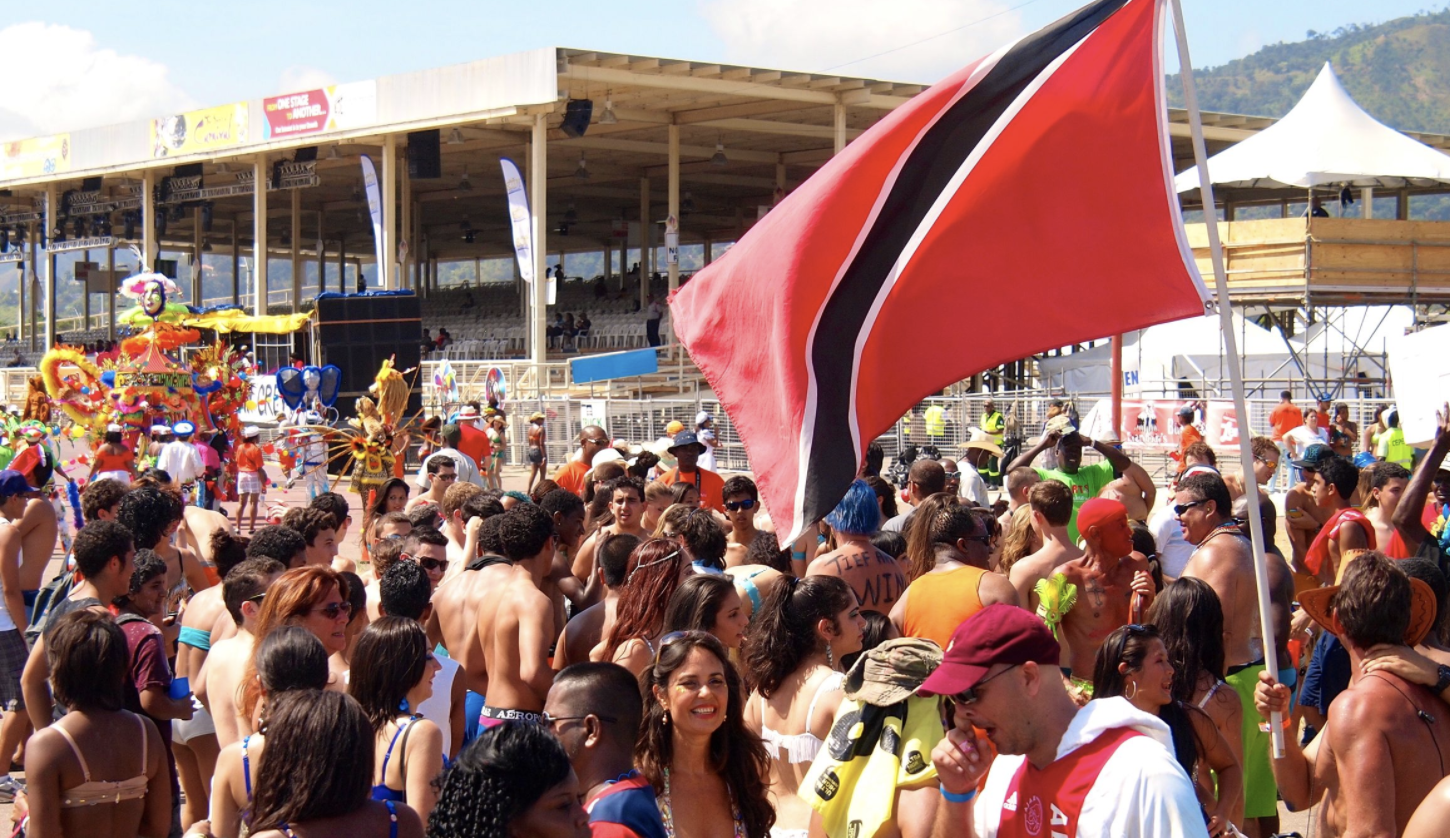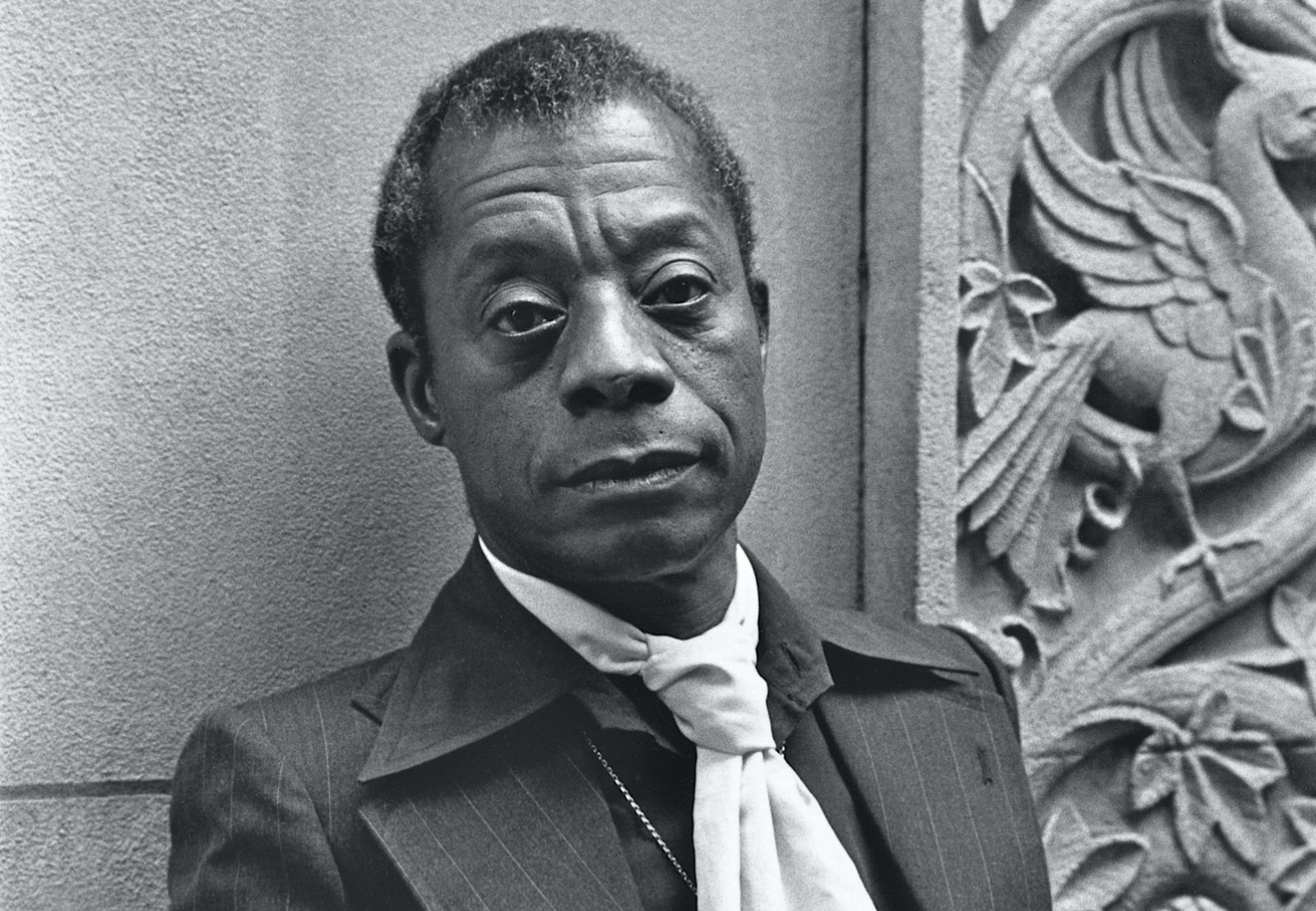My realization that I didn't know sh*t.
There was an experience that I had in 2018 that made me realize that I needed to read up a little bit more about carnival and Caribbean culture. I first started my discovery by asking questions but was left a bit deflated by the responses. “It’s just my culture” didn’t really seem to suffice, so I decided to start with a basic google search in hopes to find some more information from better sources.
I remember when I first googled “Caribbean culture” I went to the images. I’m a visual learner so reading text is not my thing If I can help it. The first few images that were listed in the feed were from…. Carnival.
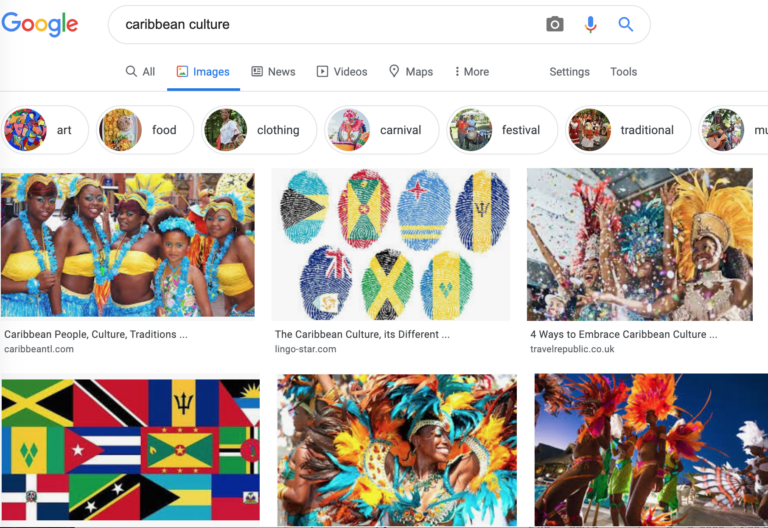
I was just starting my initial discovery in the culture, but based off my experiences and discussions with other West Indian/Caribbean people, I already knew that there was more to the culture than bikinis, beads and feathers. What gives? I found myself constantly having to weed out a lot of carnival-focused topics online to really get to the traditional perspective of the experience and not so much the view of commercialization/advertisement.
If I was blind, so are other masqueraders.
I think about where I once was on this journey. I also think about the new and seasoned Masqueraders that can sum up Caribbean culture by the experience of carnival. That’s disheartening, because there is so much history and a deep connection to our African roots that we should all be aware of. By understanding the culture just a little bit more, I have found an enhanced experience every time I get on the road , and I genuinely connect with my ancestors and revel alongside them (spiritually) in that moment.
“Carnival is our iconic artistic experience because it captures so much of what we do...We understand that our culture is the most significant asset that we have and it’s limitless unlike oil which is finite. Culture is a sellable commodity.”
Dr. Lincoln Douglas, Minister of Arts and Multiculturalism (2014). Tweet
Carnival is what drives tourism and MAJOR revenue in the island countries. Many people survive of what they make from carnival season, so I completely acknowledge and respect the hustle. But the commercialization of this cultural experience is a blessing and a curse.
The curse: Consumption of a cultural experience without initiatives in place predisposes its traditions and historical roots to be long forgotten. Let’s think about this— Do you really think that “bikinis, beads and feathers” is how carnival started in the first place? Or was the evolution of the carnival costumes supported to bring in more revelers? Although the scantily clad costumes are a lot of fun to wear, being “skin out” is not the spirit of carnival.
Take your time to learn about the culture.
Most people make their trips to experience the popular fetes, jouvert and carnival. But if you are culture conscious, there are a few things that masqueraders can do to really embrace the culture and the locals, especially when you hop to an island country for your next carnival jump. And, its actually fun to do! These examples are specific to Trinidad but might be applied to other islands as well:
Immerse yourself with the locals.
Visit the “locals” fetes. I remember walking through downtown Port of Spain with my travel mates and people were LITERALLY fetting in the streets. People were in plan clothing, not dressed to impressed and were vibing in the spirit of Carnival. No stush vibes, everyone was carefree and happy. It was a warm, welcoming feeling, and I put that energy over any fete that I attended while I was there.
Abandon your diet for a few days and eat the food.
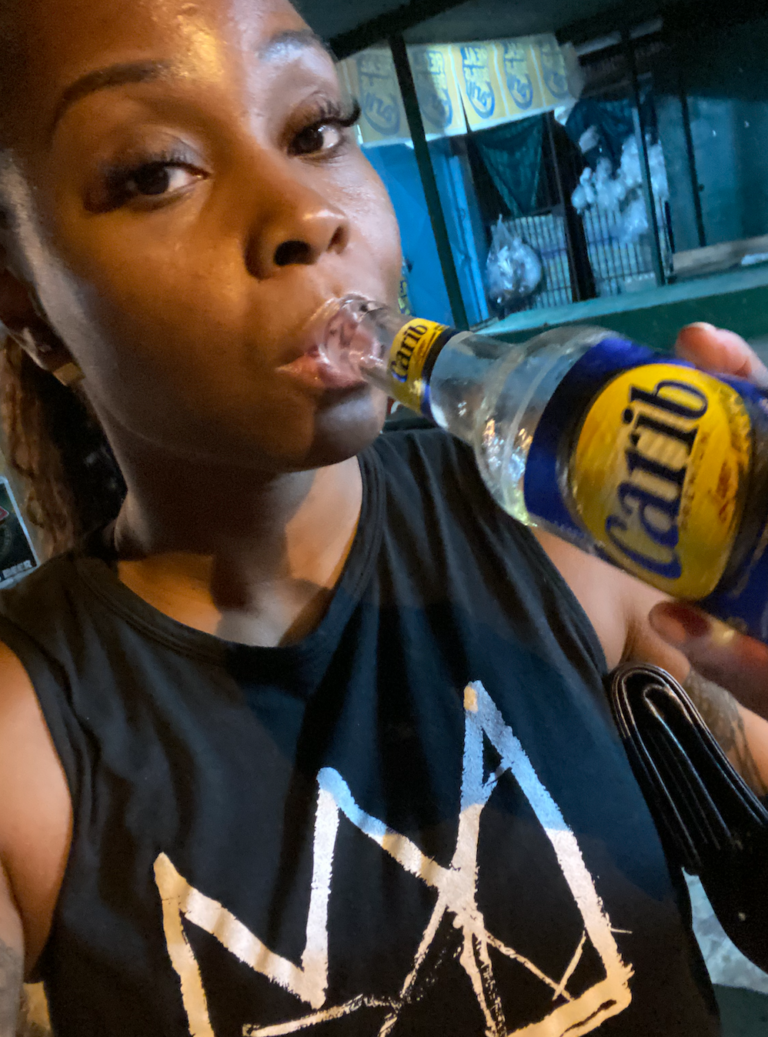
Eat the food. You can get the best doubles right outside the airport in Port-of-Spain, but the best corn soup I had was on the corner of a small town in Arouca. The locals I spoke to really enjoyed the conversations I had with them about how they prepared the food for us to enjoy.
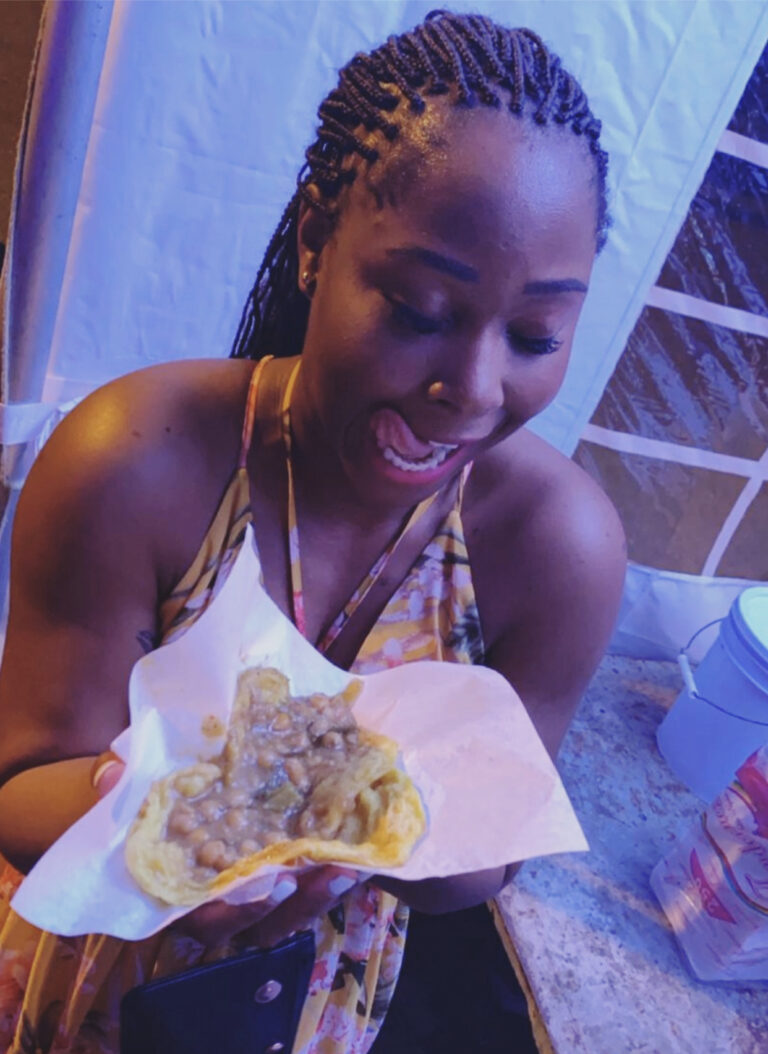
Visit the Carnival Villages
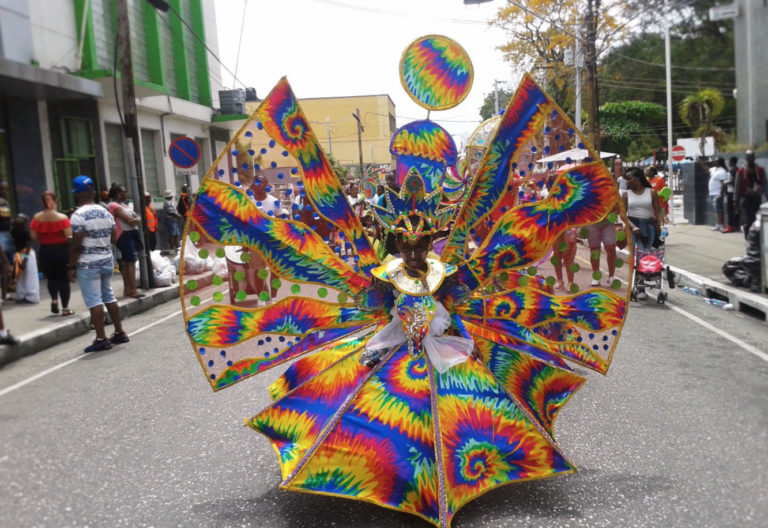
Did you know that there are SEVERAL Carnival villages in Trinidad? Interact with the people, check out the merchandise, listen to the steel pan, Wave hello to the Moko Jumbies, listen to the night robber speak, Take pictures with baby doll, the dame Lorraine and EXPLORE… and ask questions!
Attend the local shows/competitions.
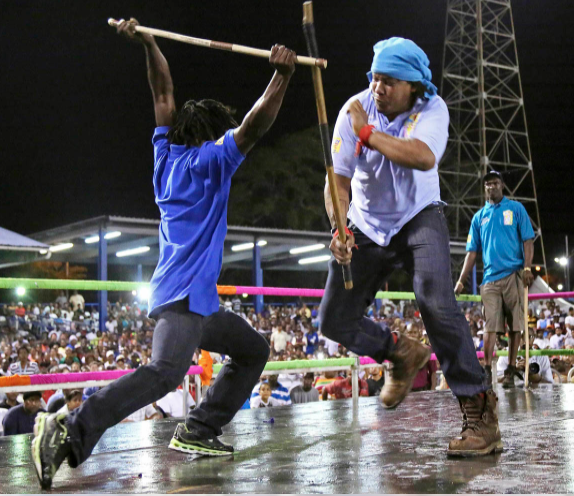
| Stickfighting is an old African tradition, brought to Trinidad by the slaves. In TT there are two types of stickfighting tradition: kalinda and gatka. The kalinda which is the form that is observed in National Stickfight Competition. Kalinda is based on martial traditions that can be found in Central and West Africa and also among the Oromo people of Ethiopia. The competition did not happen this year due to payment disagreements between the National Carnival Commission (NCC) and the fighters. Maybe we will be abe to see it again at the next Post-Corona Carnival. |
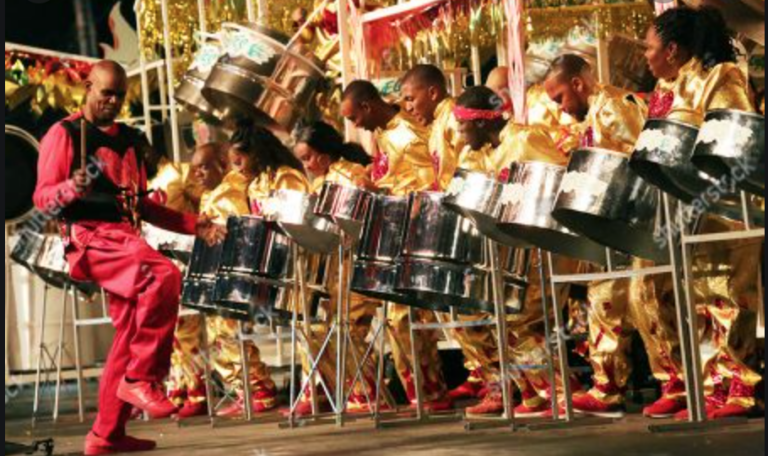
The Trinidad Panorama is the largest steelpan competition in world. This annual steelband competition takes place in Trinidad every year during Carnival, culminating the Saturday before carnival Monday and Tuesday. The championship band is chosen from the 60 to 80 bands who enter the preliminaries. Each band consists of 75 to 200 musicians. The competition brings out the best steel pan players (known as pannists) in the world and lasts for several weeks. The finals take place on the Queen’s Park Savanah, which is also known as the Big Yard.
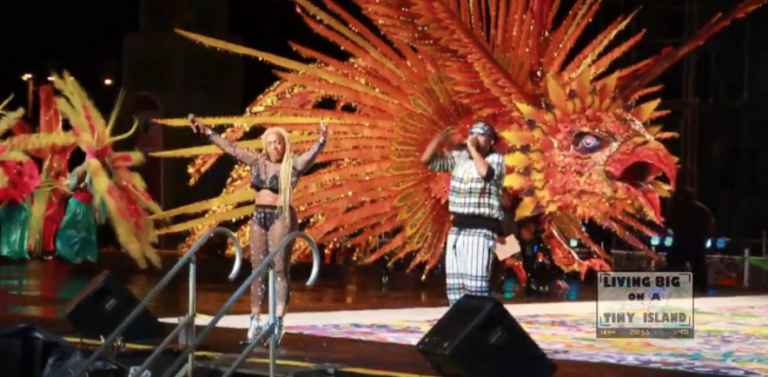
A massive cultural show, Dimanche Gras is held the Sunday night before Carnival at the Queen’s Park Savannah in Port-of-Spain. In addition, on the night of Dimanche Gras, 10 to 13 calypso singers battle for the title of Calypso Monarch against the defending title holder from the previous year.
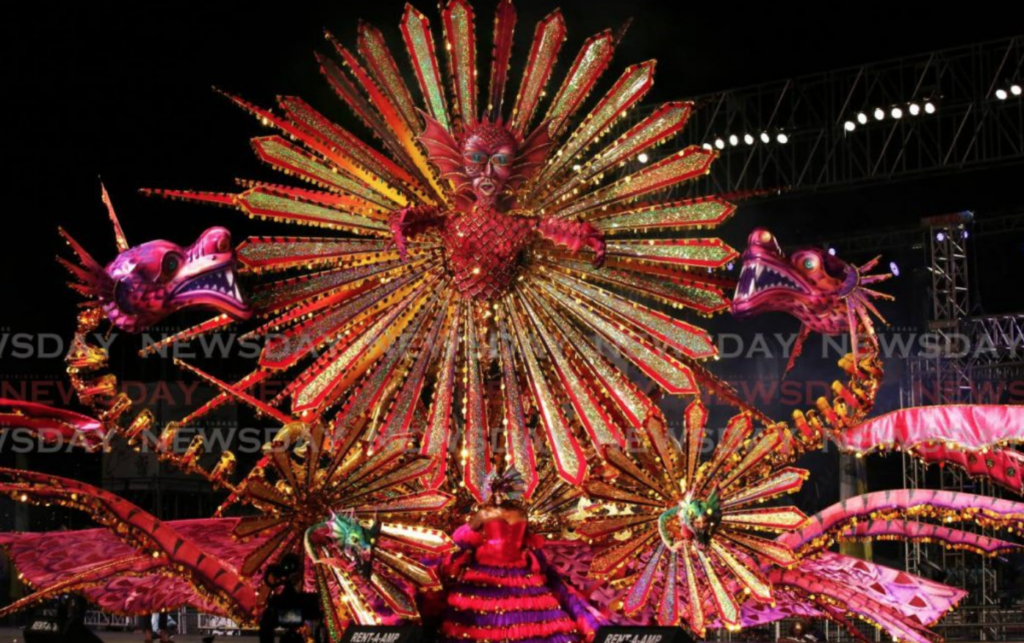
The King and Queen of the March is a competition to determine the best costume of the Carnival. Each band is lead by a King and a Queen who wear very large costumes which are often so large that other masqueraders have to help them carry it through the streets. Many of these costumes will move on wheels. The King and Queen are always chosen on Carnival Sunday (Dimanche Gras).
Visit the Museums

the National Museum and Art gallery has displays depicting the evolution of carnival, national festivals and other interesting artifacts.
Forward Thinking.
A lot of people attend Carnival overseas primarily for the fetes, j’ouvert and Carnival. But there is so much more to the culture. I hope that this helps you consider taking a moment from your next excursion to really immerse yourself in an experience that will bring you just a little closer to home.

